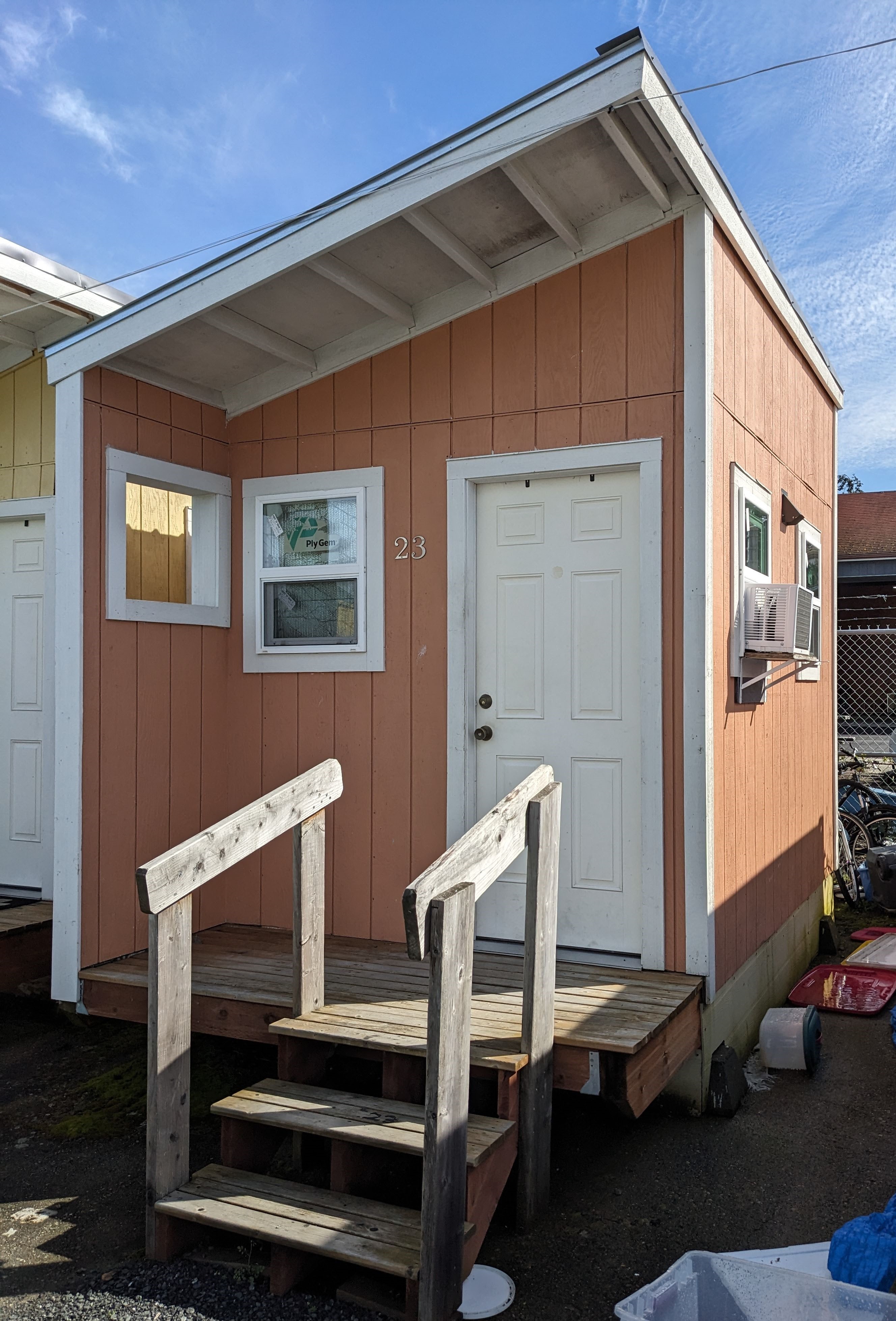by Duane Jager
According to a review of literature from across the country, costs of homelessness run between $30,000 and $40,000 per person per year. (1) Examples include emergency room visits, police and fire department responses, public health expenses, jail costs, probation and court expenses, hospital emergency department and admissions, ambulances, mental health responses and the administrative costs of maintaining a homeless response system.
In fact, much of the money spent on homelessness constitutes a response to the crisis rather than an alternative to it. Because the population needing these services is most visible to the public, it is assumed that homelessness is due to individuals’ various limitations. The most common media narratives around homelessness concern addiction, mental illness and behavioral problems.
Risks and Stress
However, a majority of the homeless are not visible to the public (2) and do not have conditions that require these services. Sadly, the risks and stress of homelessness can actually promote substance abuse and cause mental illness. (3)
Studies have shown that the fundamental cause of homelessness is a structural issue, namely the high cost of housing. It is counter-intuitive, but wealthy communities have higher rates of homelessness than poorer ones. In 2019, Alabama and Mississippi had one in 1,000 residents unhoused. California and Oregon had over five times that rate. (4) Seattle has roughly four to five times per capita homelessness than Chicago and other Midwest cities. (5)
The median rent in Detroit, Indianapolis, St. Louis, Cleveland and Cincinnati is $750. (6) In Bellingham, the median rent is $1,734. (7) Using the standard of 30 percent of income for housing, a Bellingham household would have to earn $69,400 per year to rent at the median rental rate. For a single individual, that’s a full-time job paying $33.55 an hour.
According to the Bellingham’s point-in-time count, homelessness rose by 27 percent from 2022 to 2023 — from 832 to 1,059. Of these, over 400 were not in a shelter, most living in vehicles, tents, doorways and similar locations. But even shelters are not a solution. They do not provide the independence, privacy, security and support needed to secure one’s future.

photo: Duane Jager
A tiny home built by HomesNow volunteers.
Safe and Stable Housing
The Housing First model is based on the logical premise that safe and stable housing is the first and necessary step for someone to begin a productive life.
Bellingham’s HomesNow has demonstrated a low-cost strategy to provide this housing now, not later. Using volunteer labor, the organization constructs 8 ft. by 12 ft. units for under $7,000. The allvolunteer nonprofit has been successfully operating two tiny home villages since 2020 at no cost to the City of Bellingham. The 25-unit communities are self-run with an annual operating budget of only $30,000 — all from private donations.
While middle class Americans expect a minimum of 800 square feet with private kitchen and plumbing, the unhoused consider an 8 ft. by 12 ft. house with light and heat a great comfort. The villages have porta-potties, common kitchens and public showers. Residents enjoy both community and mutual support. Many report this has saved their life.
Tiny Village residents share maintenance duties and make democratic decisions at weekly meetings. Many have jobs and pay a nominal rent until they are ready to move on. With this stable and safe living situation, they can plan for their future. Over 50 percent find permanent housing. Neighbors report no loitering or sleeping outdoors because these individuals have their village where they are supported and safe.
The City of Bellingham can become a model by acknowledging that the majority of its homeless are solid citizens who simply cannot afford rent. The most cost-effective use of minimal public dollars is to launch many more tiny home villages.
City government can do two things to facilitate this process:
1. Secure vacant spaces of less than one acre to host tiny home villages, and
2. Support the initial cost of $7,000 per unit to build tiny homes.
_____________
Individuals, private organizations and businesses can also contribute at HomesNow.org.
______________________________
Duane Jager is a Bellingham resident and a retired community organizer who has worked with homeless and near homeless his entire career.
References:
- Angela Ly and Eric Latimer. “Housing First Impact on Costs and Associated Cost Offsets: A Review of the Literature, Canadian Journal of Psychiatry.
- Gregg Colburn and Clayton Page Aldern, “Homelessness Is a Housing Problem.”
- Lorraine R. Reitzel, Nicole A. Short, Norman B. Schmidt, Lorra Gary, Michael J. Zvolensky, Alexis Moisuic, Carrie Reddick, Darla E. Kendzor and Michael S. Businelle, “Distress Tolerance Links Sleep Problems with Stress and Health in Homeless,” American Journal of Health Behavior.
- Colburn and Aldern
- Colburn and Aldern
- Colburn and Aldern
- Rachel Showalter, The Bellingham Herald, February 5, 2024.





























